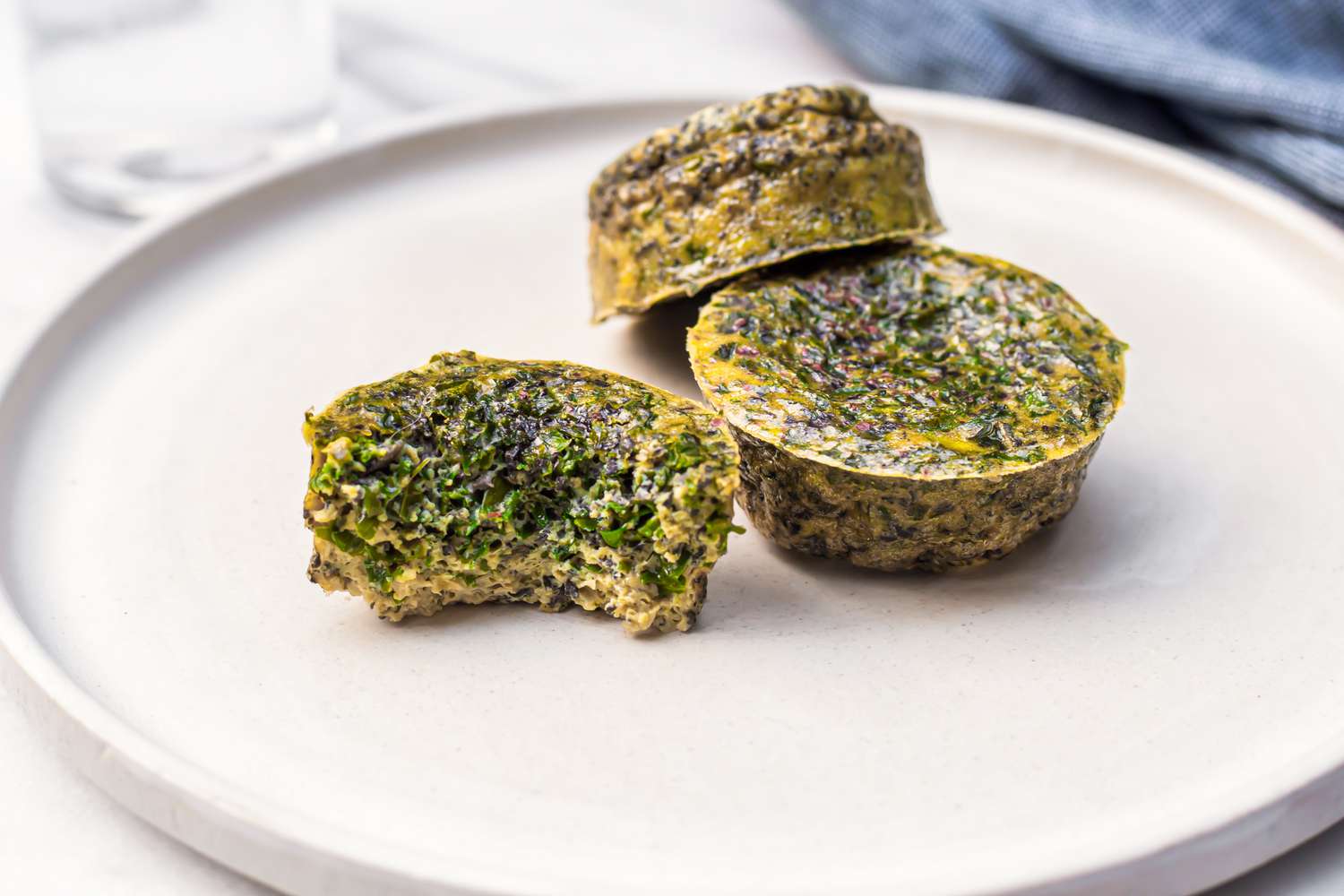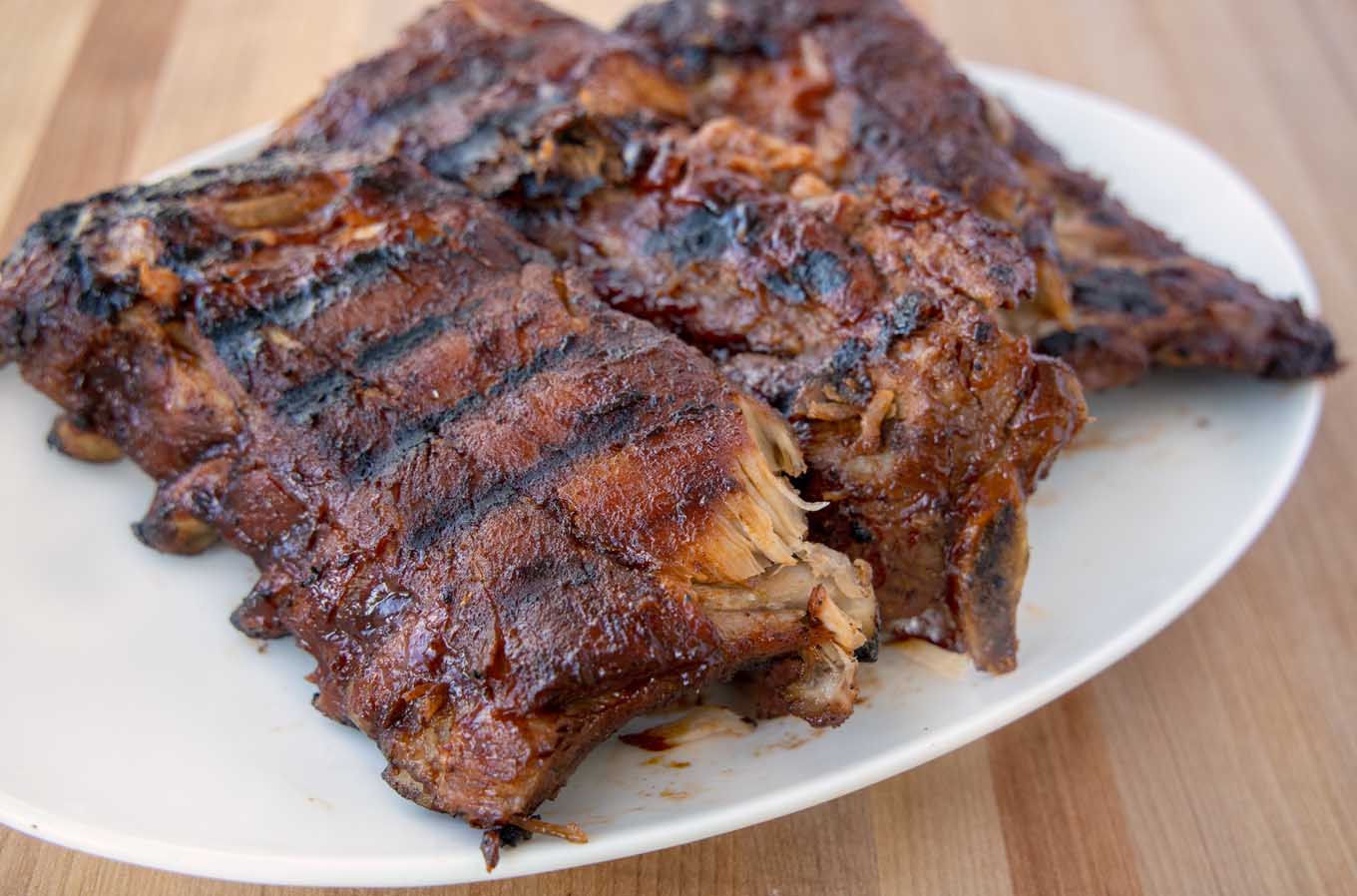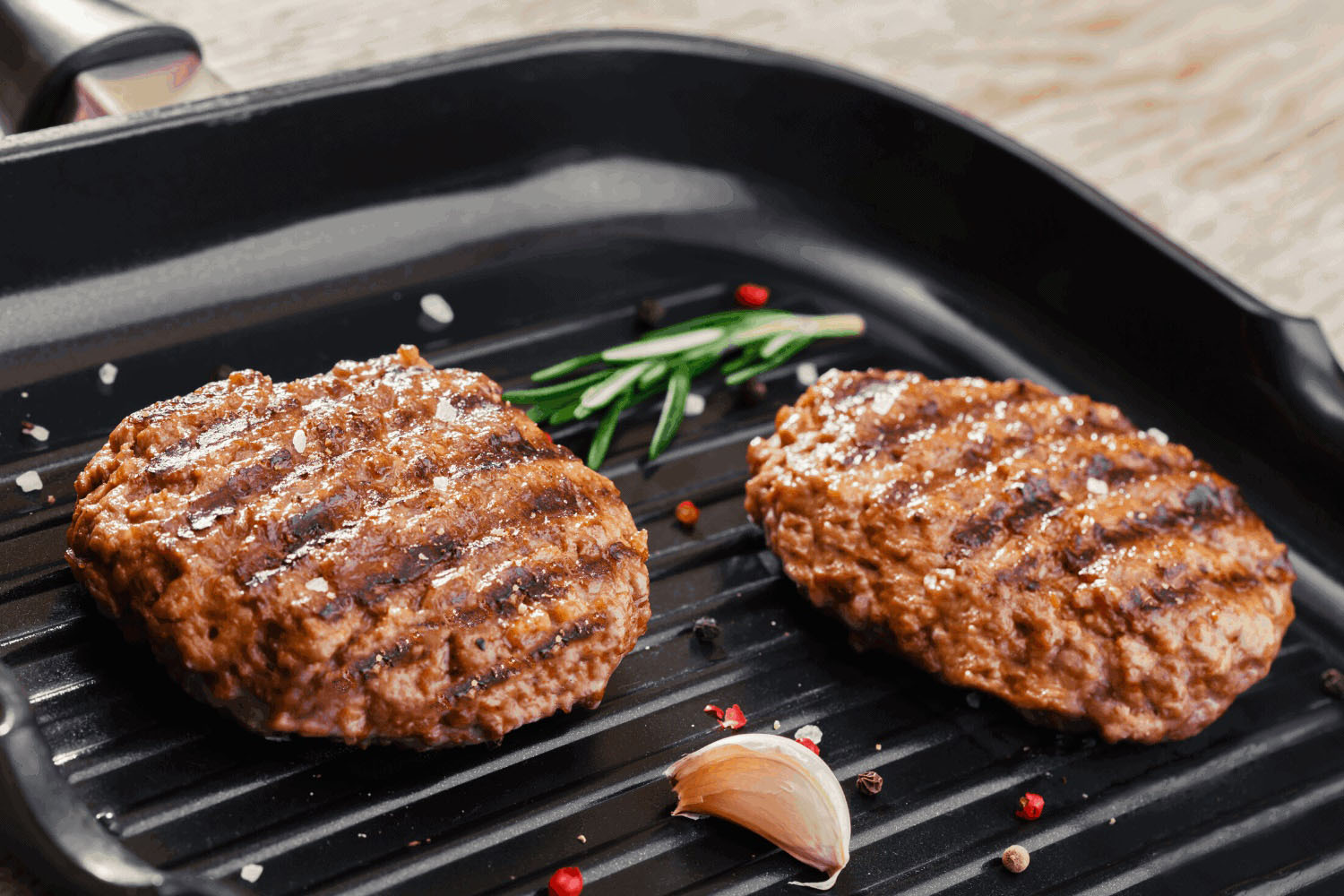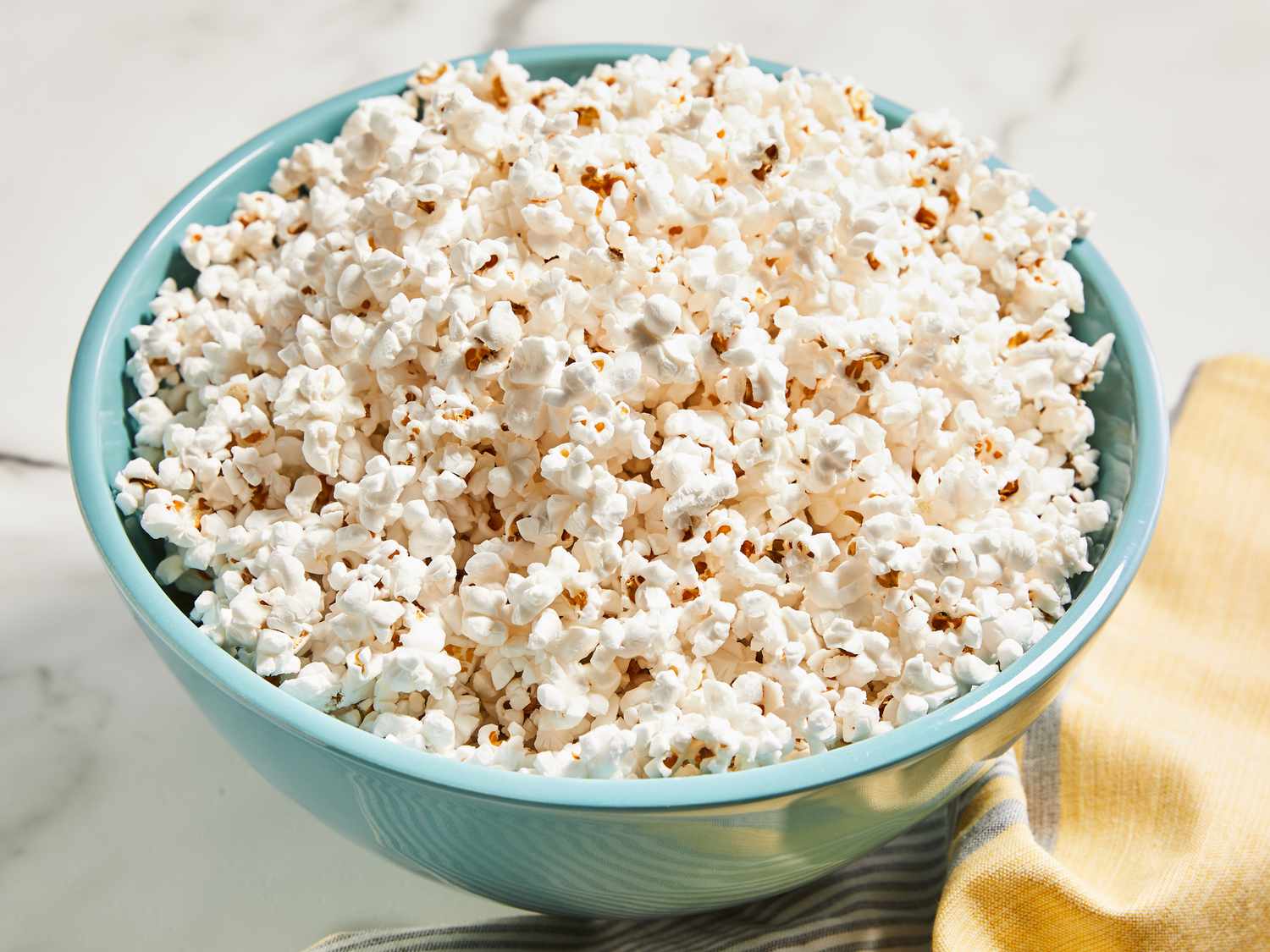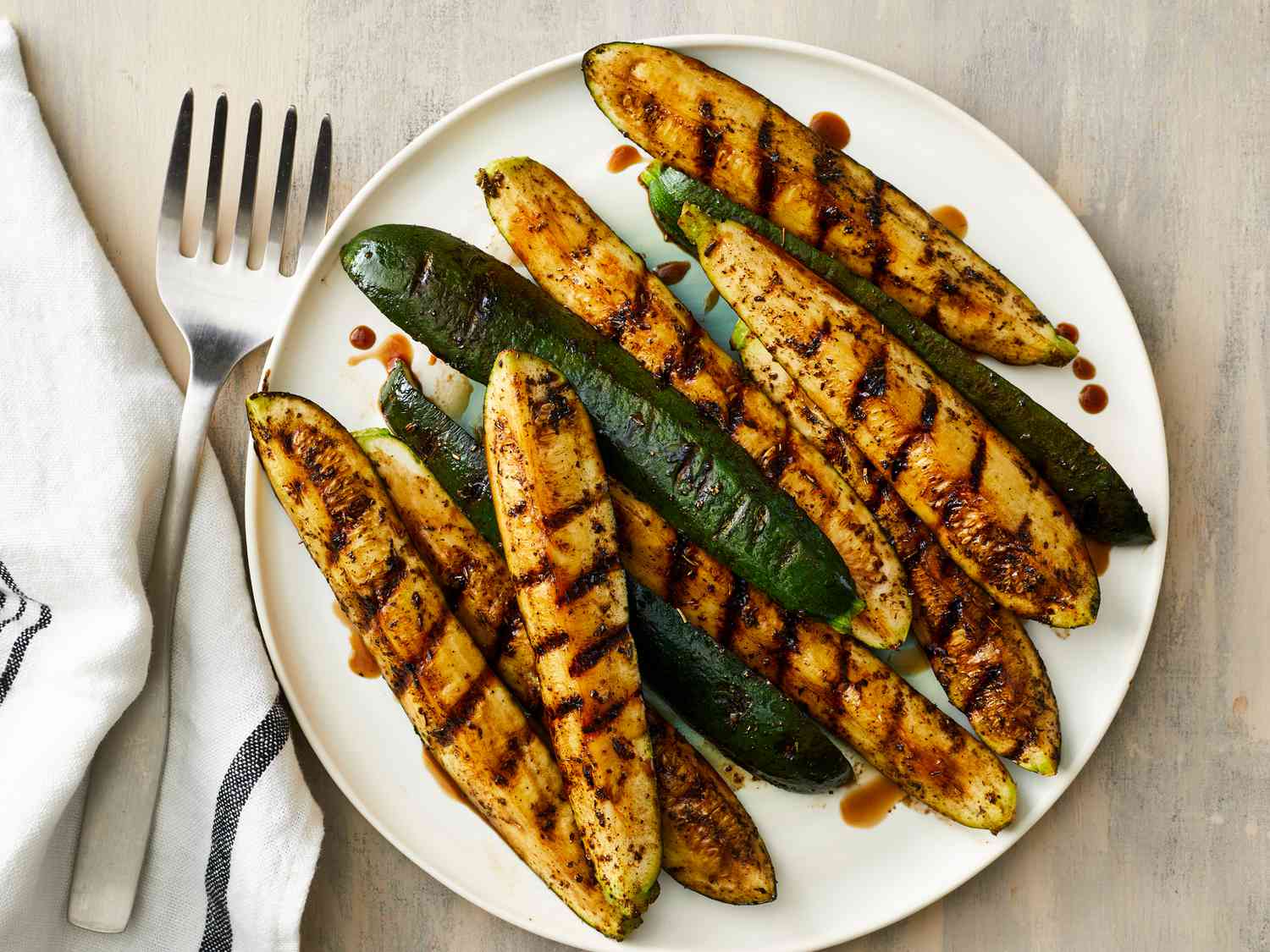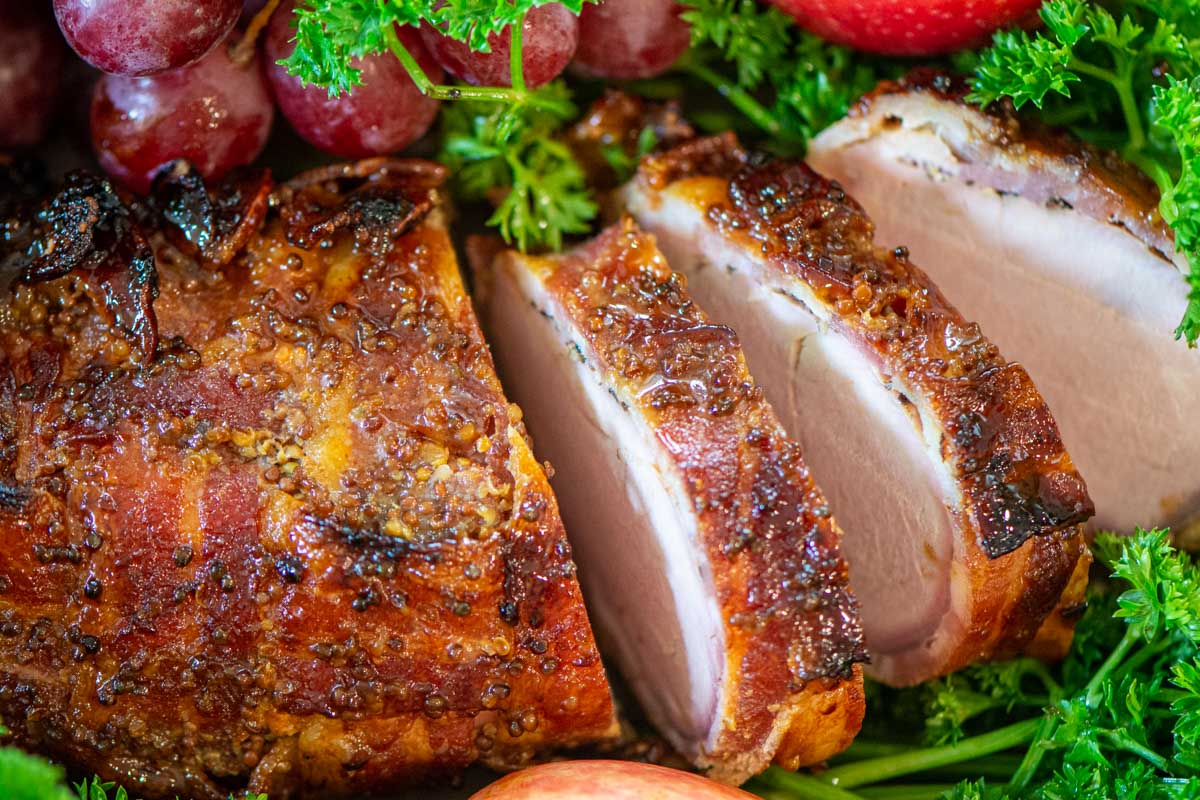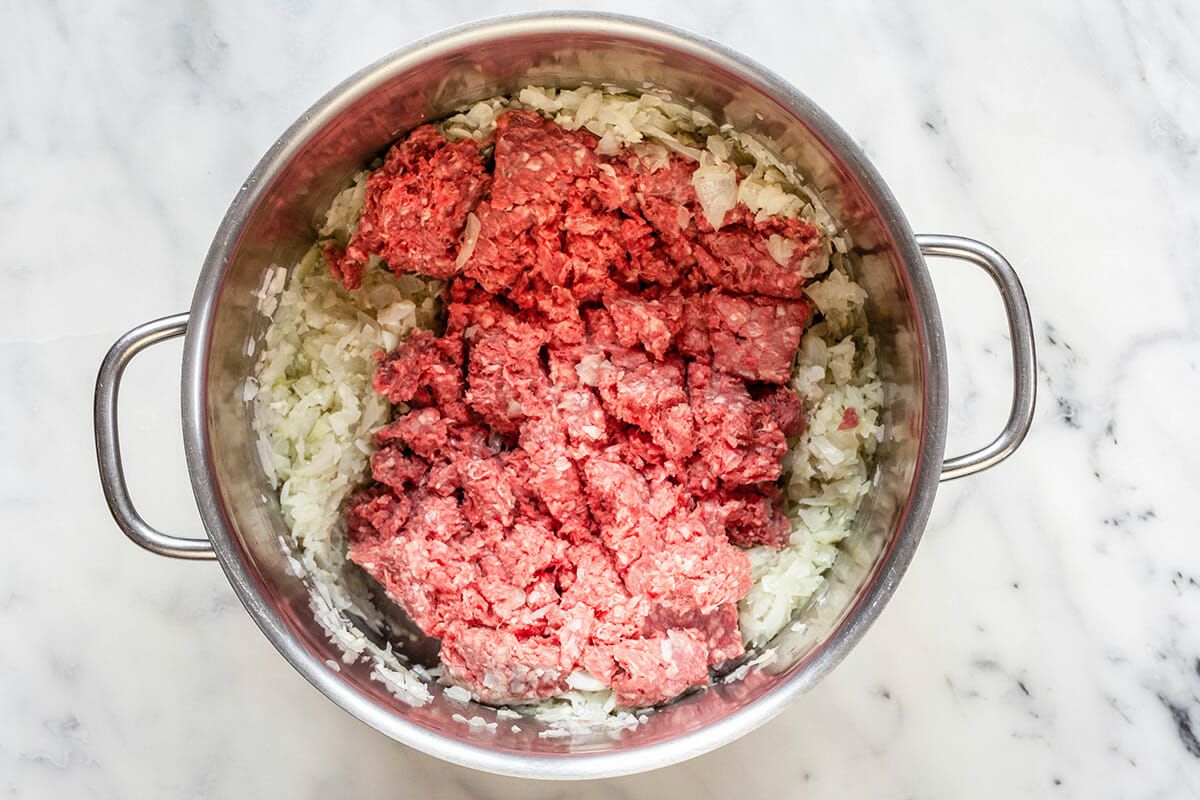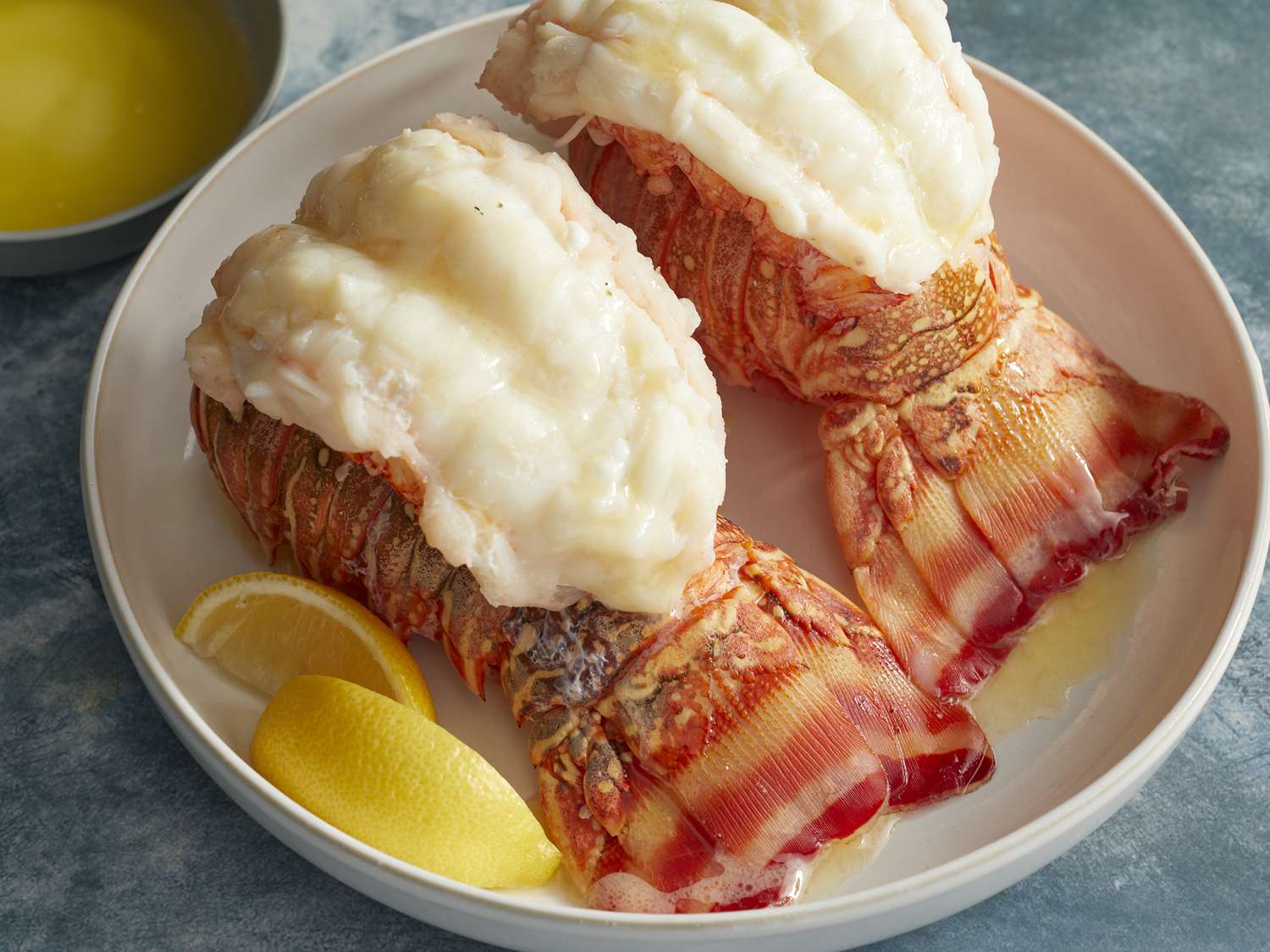Discover the Delicious Vegan Alternative: Jackfruit Pulled Pork
If you’re a food enthusiast or a health-conscious individual, you must have heard about the incredible rising trend of jackfruit pulled pork. Jackfruit, a tropical fruit native to Southeast Asia, has gained immense popularity as a vegan alternative to pulled pork due to its meat-like texture and versatility. Whether you’re a vegan, vegetarian, or simply looking to incorporate more plant-based options into your diet, jackfruit pulled pork is a must-try!
What Makes Jackfruit a Perfect Substitute for Pulled Pork?
While jackfruit may not taste like pork, its fibrous texture when cooked makes it the perfect substitute for pulled pork. When marinated and seasoned properly, jackfruit can mimic the taste and appearance of pulled pork, making it an excellent option for those looking to enjoy a meatless meal. What sets jackfruit apart from other meat substitutes is its natural ability to soak up flavors, making it incredibly versatile in various savory dishes.
Preparing Jackfruit for the Pulled Pork Recipe
Before you embark on your culinary adventure of creating jackfruit pulled pork, you’ll need to gather the following ingredients:
- 1 can of young green jackfruit in water or brine
- 1 tablespoon of olive oil
- 1 onion, finely chopped
- 4 garlic cloves, minced
- 1 teaspoon of smoked paprika
- 1 teaspoon of cumin
- ½ teaspoon of chili powder
- ½ cup of vegetable broth
- 2 tablespoons of barbecue sauce
- Salt and pepper to taste
Once you have the ingredients, follow these simple steps:
- Drain and rinse the jackfruit, then pat it dry to remove excess moisture.
- In a skillet, heat the olive oil and sauté the onion and garlic until they become translucent and aromatic.
- Add the jackfruit to the skillet and use a fork to shred it into smaller pieces, resembling pulled pork.
- Sprinkle in the smoked paprika, cumin, chili powder, salt, and pepper. Mix well to ensure the jackfruit is coated with the spices.
- Pour in the vegetable broth and let it simmer for about 10 minutes, allowing the jackfruit to absorb the flavors.
- Add the barbecue sauce and continue to cook for another 5 minutes, stirring occasionally.
- Once the jackfruit has softened and absorbed the flavors, remove it from heat and let it cool slightly.
Serving Suggestions for Jackfruit Pulled Pork
Now that your jackfruit pulled pork is ready, it’s time to put it to good use. Here are some serving ideas to inspire your culinary creativity:
- As a filling for soft buns or sliders
- Topped on a bed of fresh mixed greens for a flavorful salad
- Wrapped in tortillas with your favorite toppings for a delicious burrito
- Served on a bed of warm rice or quinoa
Feel free to experiment with different condiments, spices, and serving suggestions to tailor this versatile jackfruit pulled pork recipe to your tastes.
Final Thoughts
Now that you know the secrets to cooking jackfruit like pulled pork, it’s time to give this delicious vegan alternative a try. Whether you’re a vegan or simply looking to reduce your meat consumption, jackfruit pulled pork may just become your new favorite go-to meal. So, grab some jackfruit, get cooking, and enjoy a mouthwatering plant-based treat that will leave you craving more!
Was this page helpful?
Read Next: How To Cook Boneless Pork Strips


